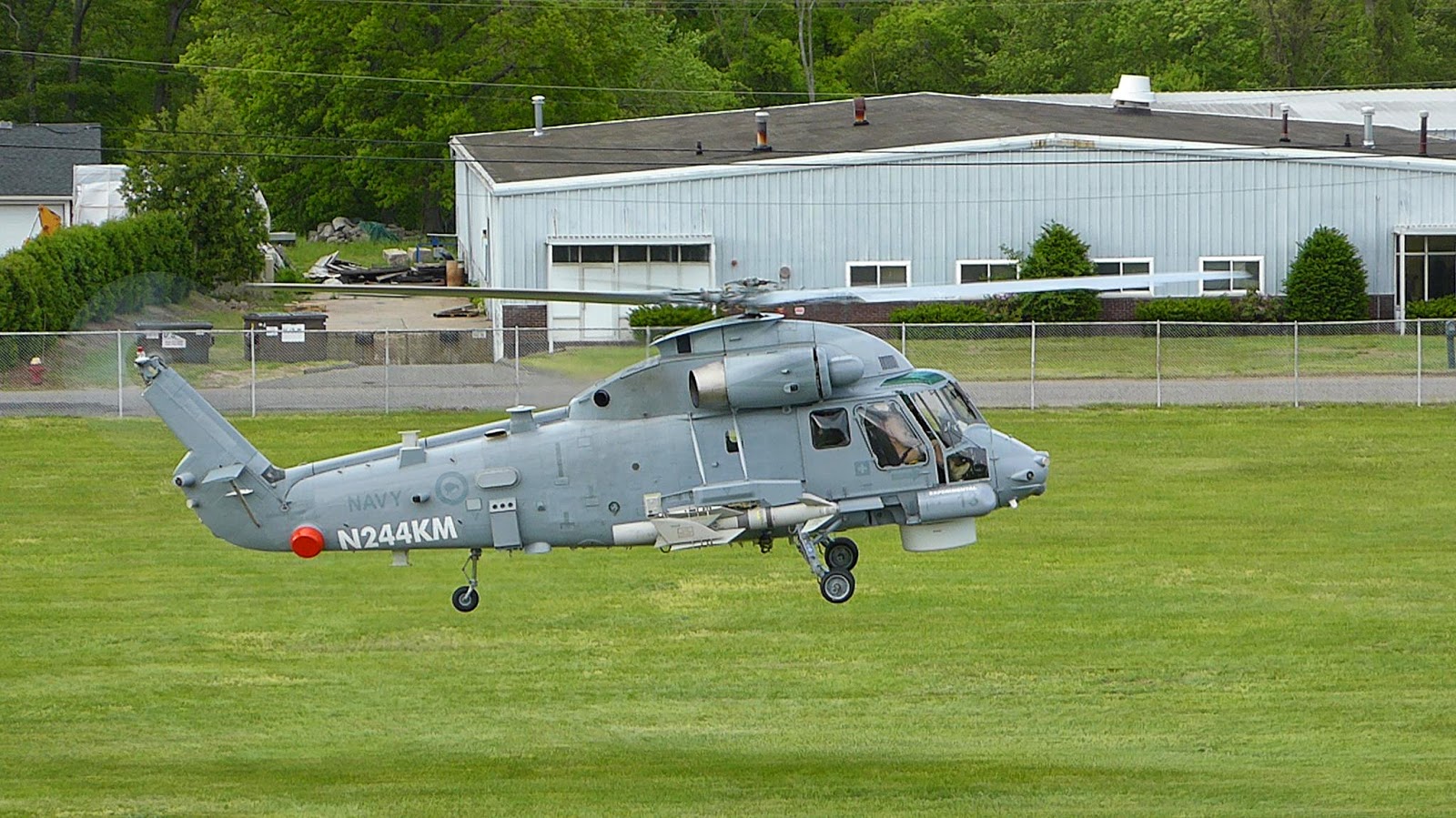Actually the US is moving away from missiles with active homing as part of its doctrinal shift to a networked warfare concept - Cooperative Engagement Capability - which leverages a missile's ability to be slued to external sensors such as ship radars, aircraft IR sensors like the F-35's DAS or even satellites. Using the CEC concept they've even demonstrated kill-shots by SM-6 missiles launched from destroyers and targeting cruise missiles overland and behind mountain cover, where the ship's own radars wouldn't have a chance.
The latest anti-ship missile of the US Navy, the LRASM, and its cousin JASSM, also don't have active seekers. Like the JSM and NSM missile families they find their way to a target from up to 1000km by way of internal navigation, GPS, automatic target recognition, RF seekers and IIR, which when combined, make active homing moot.
The one bucking the trend is the Tomahawk Block IV AShM, but that's not really a new concept, just a return of the initial capability of the Block I missile. It's more of an augment to the existing Harpoon stocks until the LRASM and NSM are adopted service wide in the USN.
Active homing is still relevant, but mostly for fast missiles, that, because of their speed, need to find their targets quickly since they just don't have time to pick and choose targets and even areas on those targets that they can hit for maximum effect, like JSM or LRASM can.
It's important to remember two points when thinking about either JSM or NSM;
1. They're marketed as anti-ship missiles.
2. Despite collaboration with foreign partners, secondary land-attack roles, and use by allied nations, they are ultimately Norwegian designs designed to fight in a Norwegian theater. Cold climate, mountainous, water-heavy, all areas where IR signature is more pronounced and radar is confuddled. It's simply easier to pick out a Russian Navy landing craft for battlecruiser by its IR signature against the frigged Barents Sea or the RF signature of its festoon of sensors.
Also used by foreign partners including Turkey, Greece, the United States, New Zealand and Brazil, Penguin didn't have an active seeker either. IR for terminal runs and a pulse-laser and radar altimeter for navigation.
Like its successors in NSM and JSM the choice of IR guidance was due to two factors;
1. Norway's climate and principle adversary in Russia, especially the Russian Navy, made IR more practical then radar as IR signatures are harder to mask in cold climates then are radar returns.
2. IR allows the missile to operate in littoral waters, which its launch platform in the Hauk class MTB (and Skjold for JSM), would most like launch an assault against Russian craft from.
Radar famously has the limitation of poor performance in built up areas such as Norway's outlying islands or fjords. IR doesn't. Both Norway and the Russian north look like this:
It's very difficult for a radar guided misisle to operate on-the-deck in an area like that.
So we see that with JSM and NSM, from Norway's perspective, and like with Penguin that was used by international partners, are ultimately, and first-and-foremost designed for operations in a Norwegian theater, the viability and necessity of an active seeker is lessened by the climate and threat profile versus a IR, ATR or RF option.
And this does translate to other countries too. The US and Australia, to critical partners on the JSM program, both intend to operate the missile primarily at sea where its IR and intelligence, coupled with automatic target recognition and radio frequency guidance combine to make a more effective, and less visible, guidance package.
There's also that active seekers would be noticeable to hostile sensors. Any radio return can be pickup and used to locate the source, betraying the missile and lessening its stealthiness, which is a main draw for both NSM and JSM.













